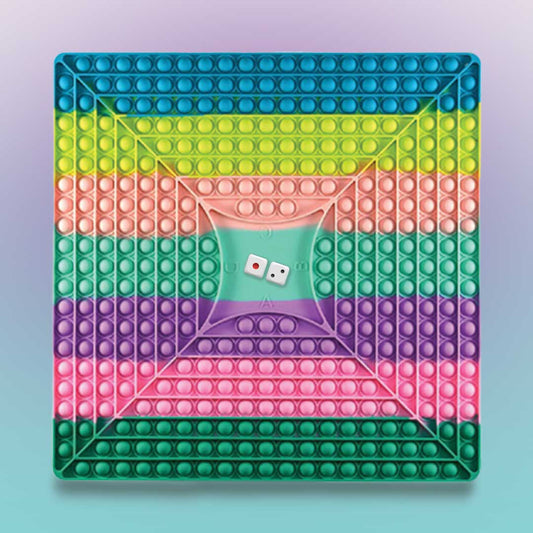Why 3D Printers for Kids Are the Future of Fun!
Introduction
In the rapidly evolving landscape of technology, 3D printing has emerged as a transformative tool, not just for industries but also for educational and recreational purposes. As we step into 2024, the integration of 3D printers into children's lives is becoming increasingly prevalent, offering a unique blend of fun and learning. This report delves into why 3D printers for kids are considered the future of fun, exploring their educational benefits, safety considerations, and the broader impact on children's development.
The Rise of 3D Printing for Kids
3D printing technology, once confined to industrial applications, has now permeated the consumer market, including products designed specifically for children. The accessibility and affordability of 3D printers have significantly improved, making them a viable option for home and educational use. In 2024, 3D printers tailored for children are more user-friendly and equipped with features that cater to young users' learning curves, such as easy-to-use interfaces and quick setups (Elegoo).
Educational Benefits
Enhancing Creativity and Critical Thinking
3D printing ignites creativity and critical thinking in young minds by transforming abstract concepts into tangible objects. This hands-on experience encourages children to engage in problem-solving and design thinking, skills that are crucial in today's world (3D Sourced). By designing and printing their creations, children learn to visualize and understand complex geometric concepts, making subjects like math and science more interactive and engaging (Elegoo).
Fostering STEM Learning
3D printing serves as a gateway to STEM (Science, Technology, Engineering, and Mathematics) education. It introduces children to the fundamentals of design and modeling, sparking interest in engineering and other STEM fields. This exposure can potentially steer them toward careers in these ever-growing industries (3D Sourced).
Hands-On Learning Experience
The integration of 3D printers into educational settings provides a hands-on learning experience that is both fun and educational. Children can design prototypes, create complex models, and explore endless possibilities, thereby enhancing their spatial awareness and understanding of engineering concepts (Explore 3D Print).
Safety Considerations
While 3D printing offers numerous benefits, it is essential to address the safety concerns associated with its use. The National Institute for Occupational Safety and Health (NIOSH) has published guidelines to minimize potential health and safety risks from using 3D printers. These guidelines emphasize the importance of adult supervision, especially when handling hot parts, and recommend using non-toxic materials like biodegradable PLA (CDC).
The Future of 3D Printing for Kids
Market Trends and Innovations
The 3D printing industry is witnessing significant growth, with the market expected to reach $57.1 billion by 2028. This growth is driven by technological innovations and the increasing adoption of 3D printing in various sectors, including education (Protolabs). In 2024, the focus is on developing more consumer-focused 3D printers that target families and children, making the technology more accessible and appealing to young users (3D Printing Industry).
Shifting Mindsets
Access to 3D printing technology is changing children's mindsets, encouraging them to become makers and menders rather than mere consumers. This shift is crucial in fostering a generation of innovators who are equipped with the skills needed to navigate the challenges of the future (3D Printing Industry).
Conclusion
3D printers for kids are not just a tool for fun; they are a powerful educational resource that fosters creativity, critical thinking, and STEM learning. As the technology continues to evolve, it offers endless possibilities for young minds to explore and innovate. By integrating 3D printing into children's lives, we are preparing them for a future where they can turn their ideas into reality, making 3D printers an essential part of the future of fun.





